Waiting with Italy, waiting for Italy
So much to say about the Coronavirus, which has circulated in much of the world for weeks if not months, and was first identified in Italy on 31 January 2020, when two Chinese tourists tested positive for SARS-CoV-2 in Rome. A cluster of COVID-19 cases was later detected starting with 16 confirmed cases in Lombardy on 21 February, an additional 60 cases on 22 February, and Italy’s first deaths reported on the same day. As of today, there are 149 Italian recoveries, including the original Chinese couple who were last week sightseeing in Rome. The median age of Italians killed by the virus has been 80, and every individual who has died had some preexisting condition.
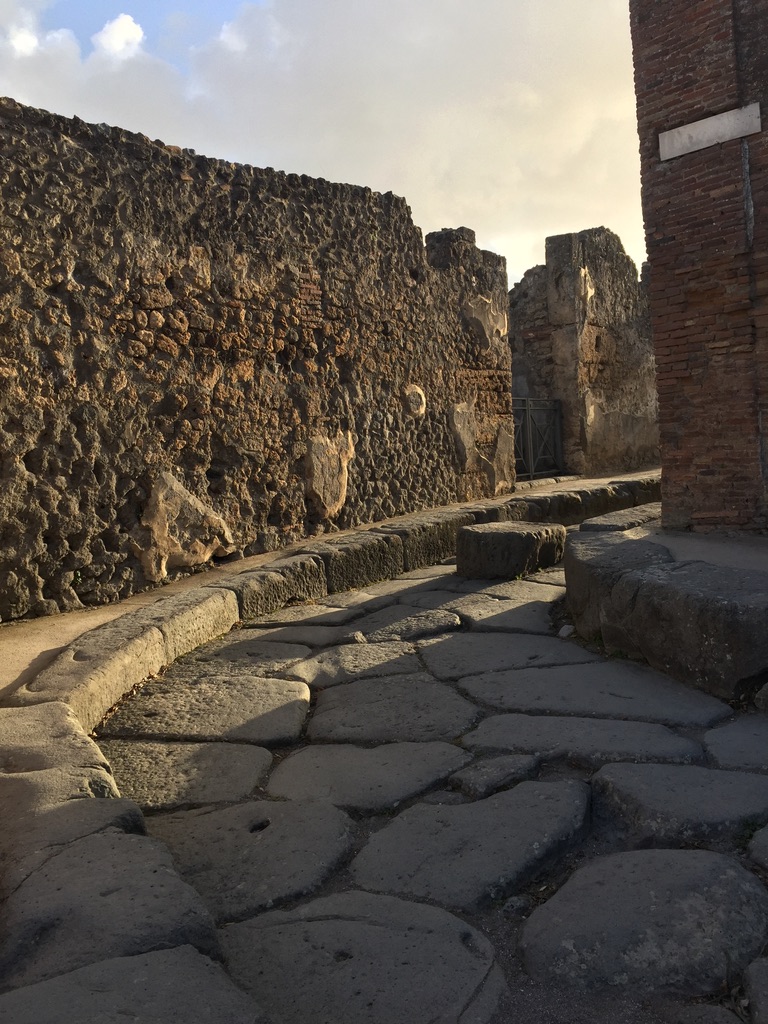
This weekend I returned to several weeks of writing after two weeks of traveling on my own around the country. During those two weeks I spent much time on trains and metros, and met with countless friends, hotel and restaurant owners, and artisans, shared dinner tables with tablemates-who-became-friends, and bonded with the nuns I stayed with in Assisi.. and with two dogs (who were my guides at an all-but-abandoned Pompeii). Conversation — as it always is with Italians — was lively, jumped from subject to subject, but often hovered on the topic of the Italian government approach to containing and treating coronavirus.
We all agreed that Italy’s approach has been considered, aggressive, and laudable, and that we have faith in what is an excellent health system. The nuns added that this health system would keep the Pope from ever contracting coronavirus.
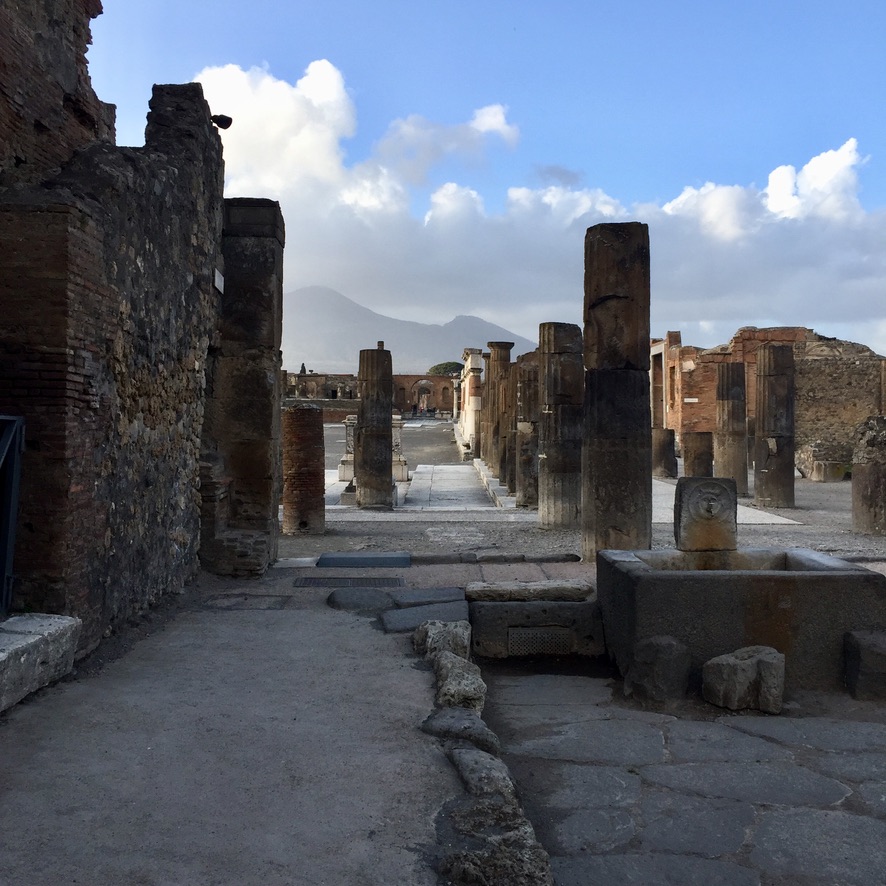
Italy appears to have been hit harder than anywhere else in the EU by the outbreak, and is the country with the world’s third-highest number of positive cases, as well as deaths. By 2 March Italy had performed 23,300 tests for the virus. No country in Europe has undertaken even a fraction of the number of swab tests that Italy has on not only those showing symptoms of the virus but on people who are likely to have come into contact with infected people, even if they are asymptomatic. Serious and attentive epidemiological analysis means high recorded numbers for contagion by virtue of so many checks. In comparison, the US appears to be scrambling to self organize, and moving at a snail’s pace.
Eleven municipalities in northern Italy (in Lombardy and Veneto) have been identified as the epicenters of the two main Italian coronavirus clusters. Their residents were early on placed under quarantine. Across northern Italy (but nearly overwhelmingly in Veneto and Lombardy), public events have been cancelled, churches and cultural institutes closed. School and universities were called off in parts of Emilia Romagna, Veneto and Lombardy till March 7, 8 or 9 (and in some other spots across the country). Nationwide, school trips are forbidden till March 15.
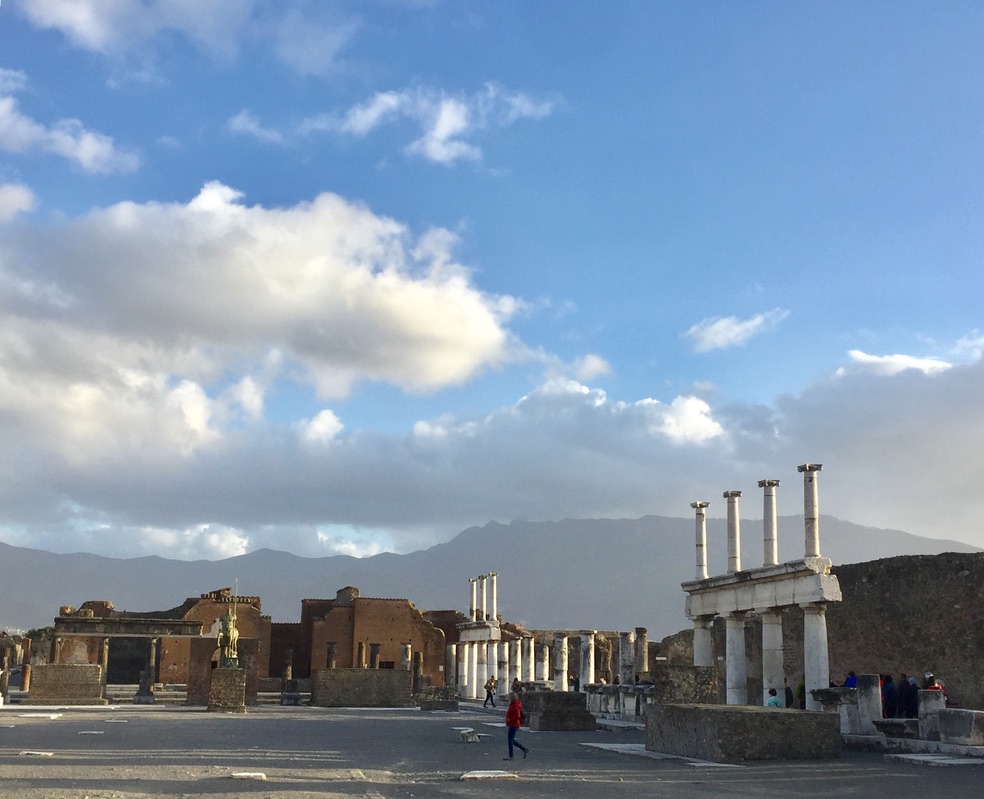
The next week will show if a serious — to some a draconian — national policy has contained the epidemic, which to date is barely present south of Emilia Romagna.
This is the clinical side of the virus’s presence in Italian life. The other side is of course that other one : how Italians can return to their lives. From north to south, Italians are shellshocked by often conflicting or hysterical stories from some Italian sensationalist press sources and most recently by the US government’s bestowal of the Level 4, or most severe, Travel Warning for Northern Italy.
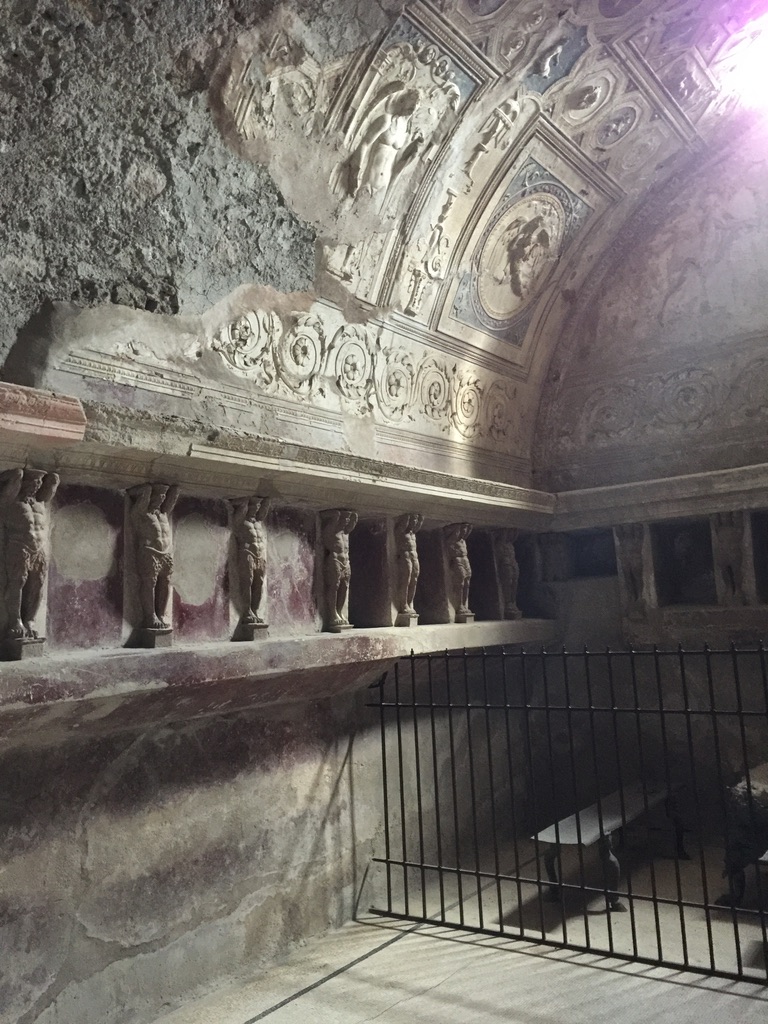
At the fishmonger this weekend, everyone was discussing the effect of the Level 4 warning on tourism on the peninsula. I mentioned that a large percentage of the world’s recognized art is located in Italy, with estimates from 40% up to an astounding 70% and that major museums across the country are empty of tourists.
Everyone agreed that it heartbreaking that so much beauty is being left to itself day after day after day.
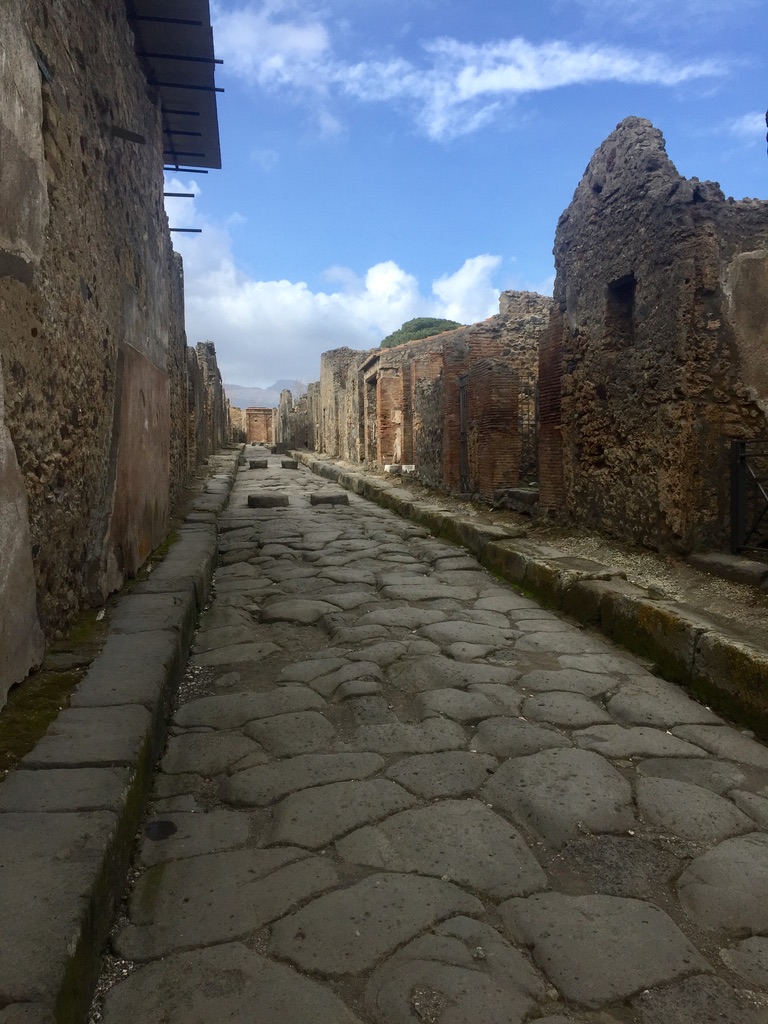
Many of the hotels we work with are in central Italy, regions where there are between one and 25 coronavirus cases. These hotels intended to reopen after a seasonal break around now, or later this month. Despite close to no bookings for the next immediate months, many will still open out of loyalty to employees and a civic sense that this is a moment of passage, and life goes on.
It takes a concerted effort to reestablish normality, and there is among many Italians a determined stoicism to show through example that Italy is safe and hospitable.
Tuscany has 13 cases of coronavirus. Umbria has two.
Lazio, the region of my birthplace and my home, has a population of nearly six million, and as of today, has six cases of coronavirus. Friends and colleagues all across Rome, those I have been in touch with today — artisans who run tours, small business owners, food and wine educators, hotel owners — have in the last 72 hours lost close to 100% of their business from Americans. A cooking teacher friend told me that one of the families that cancelled this morning was concerned “not about our health, but that our government can put us on a two week isolation on return.”
Rome, far removed from the north’s quarantine areas, is living surreal days which seem removed from reason.
Looking forward, I know that our travelers, who love Italy as deeply as do I, and who have been traveling with us for thirty years, are watching very carefully what is going on.
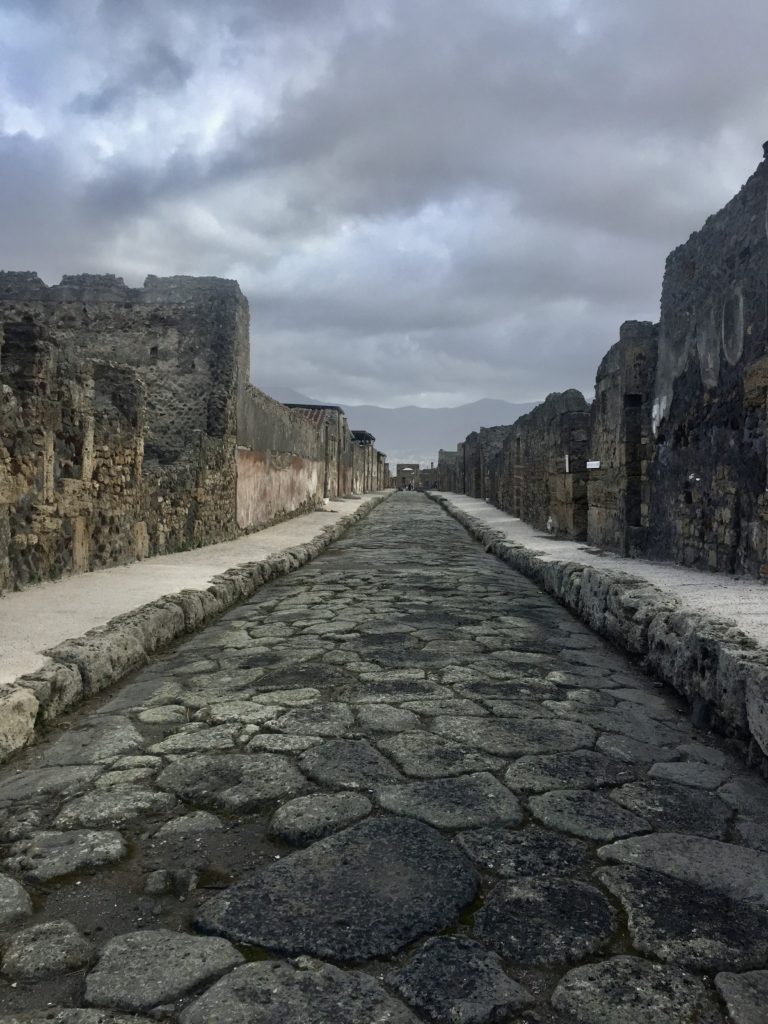
This is not the time to say come to Italy — although it is a quite remarkable time to see places that are otherwise packed, and in a way you may never again.
(Speaking for just myself, no sooner have I finished my documentation I will be on the road again.)
Our travelers are aware of the small risk that nearly everyone takes traveling at this time in Italy. Do not think of traveling now if you are much older, or have preexisting health conditions that make you vulnerable.
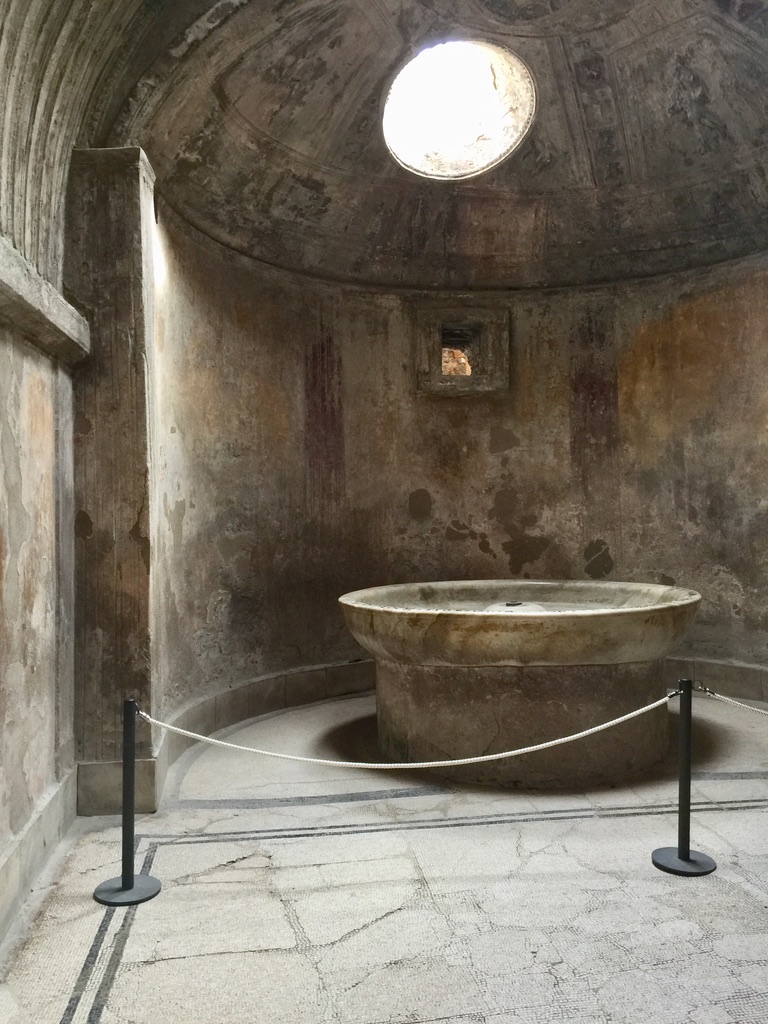
Hotels and guides are offering exceptional cancellation policies. Until the situation has stabilized, many are extending 100% refund for cancellations made a week or more before arrival.
Let us all together watch what is to come. Know that we are as ever here to plan a remarkable Italian adventure as soon as you wish to return. And in the meantime, open your maps of Sicily, your Elena Ferrante, Marcella Hazan’s “Essentials of Classic Italian Cooking” and prepare yourselves a Negroni.
You have an extra window of time to dream and plan. Let’s start now to think seriously about your next trip so that it is ready to go… when you are.
Salute,
Marjorie
www.insidersitaly.com
